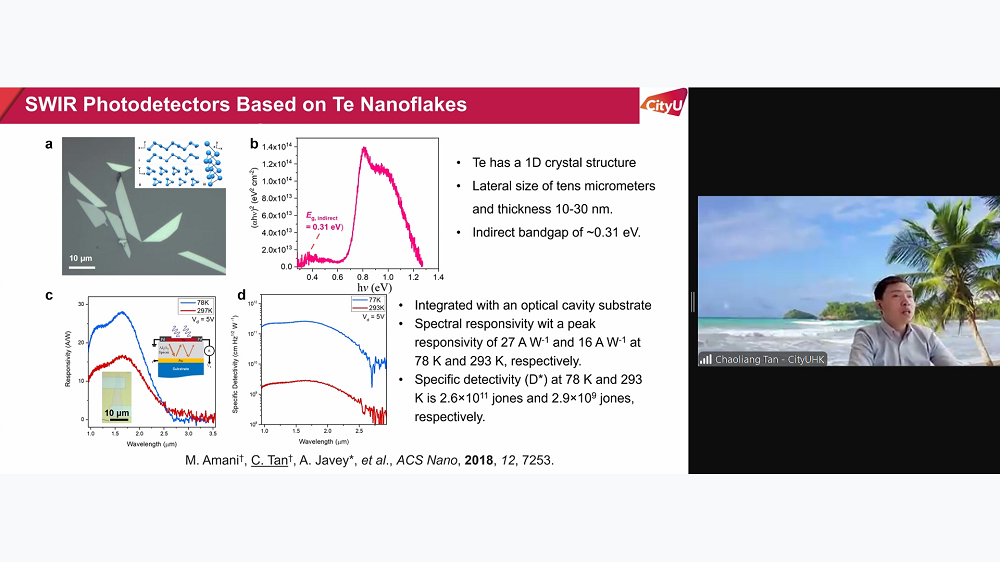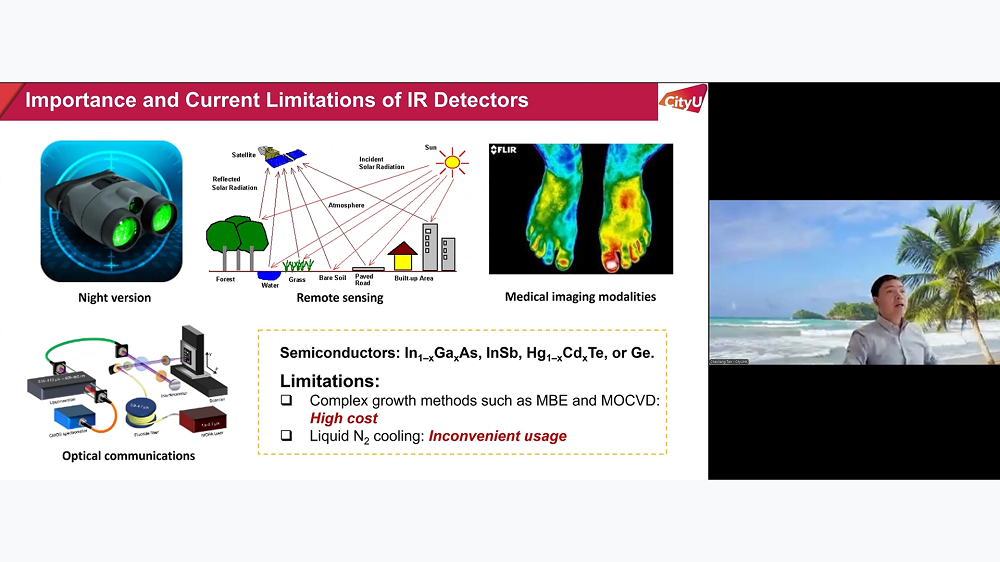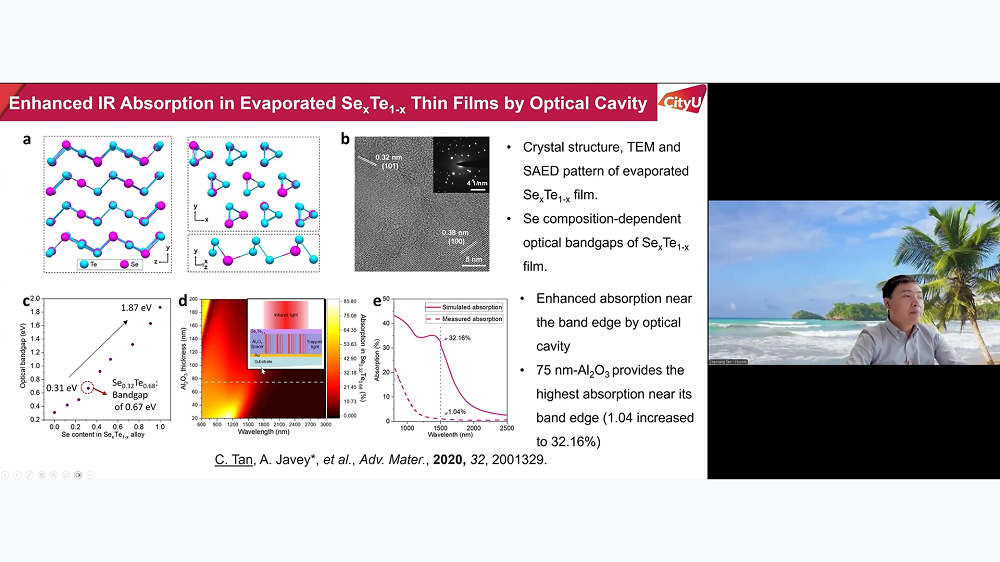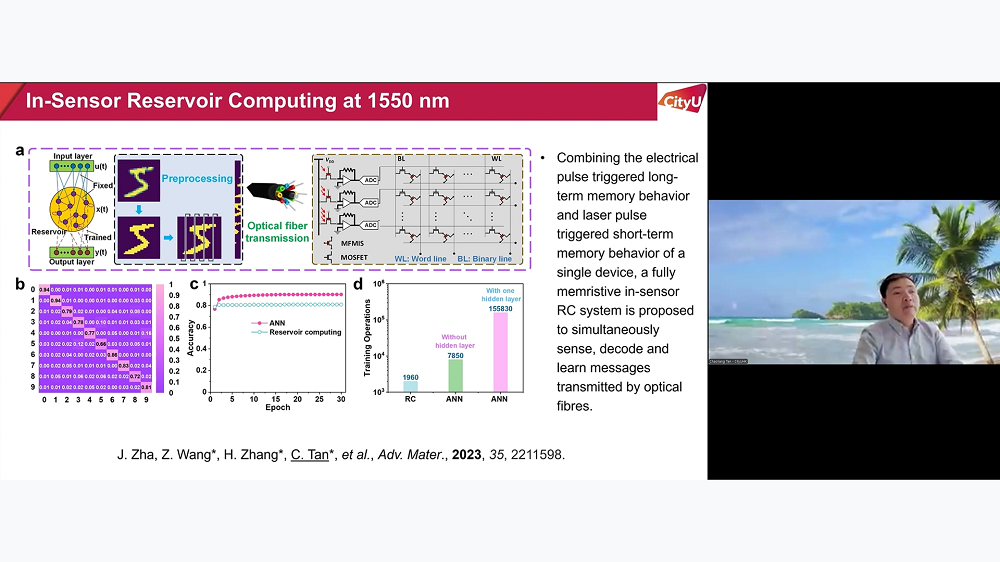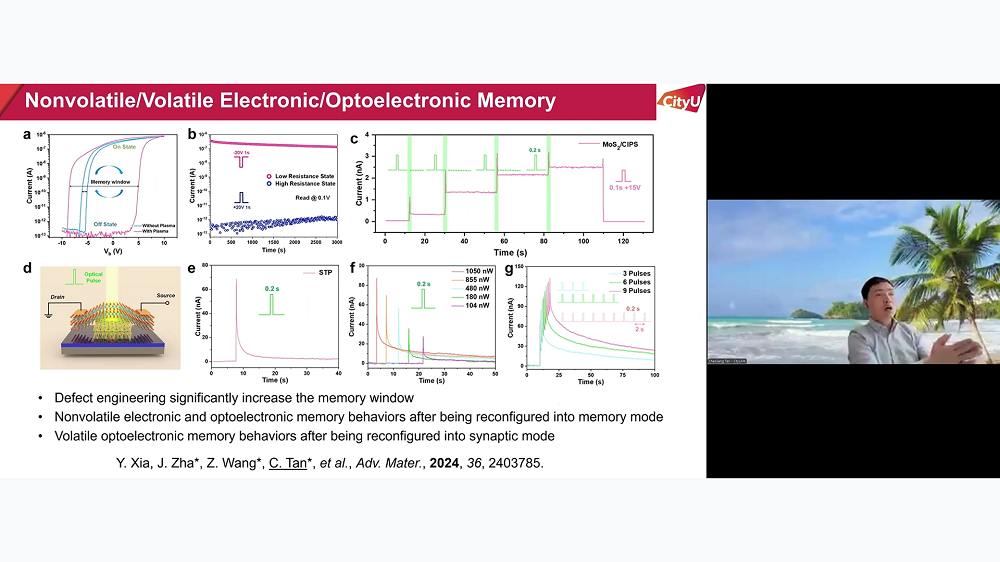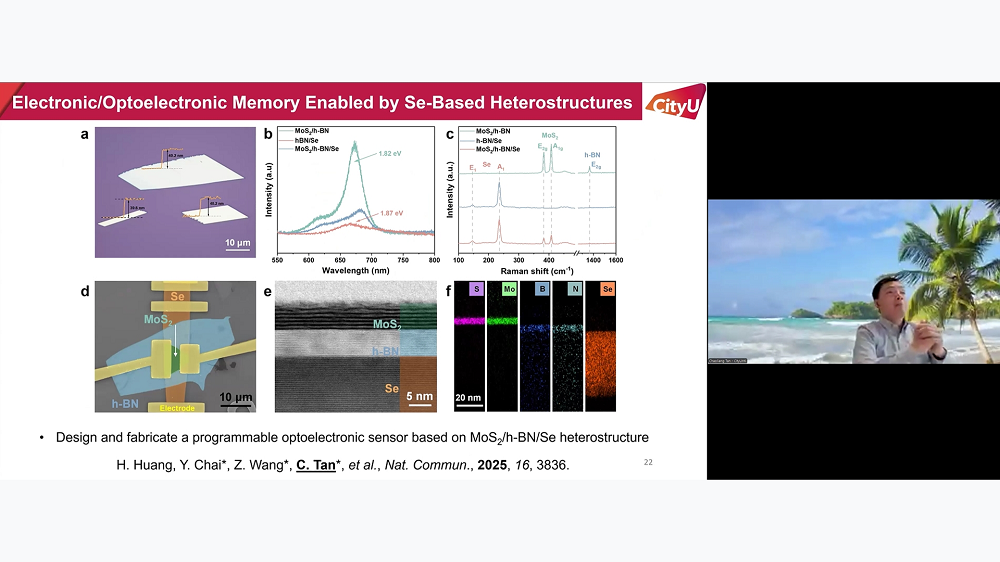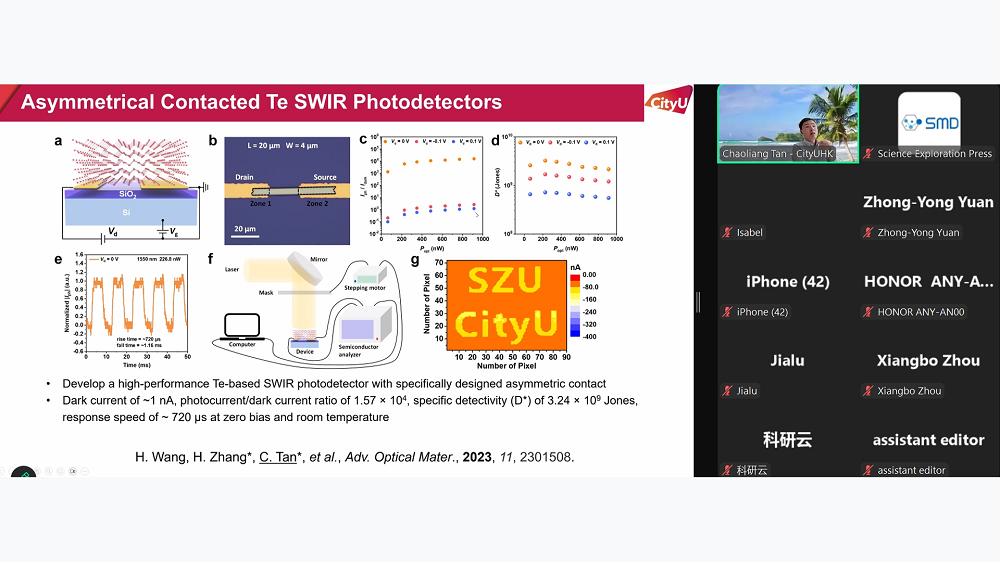Electronics and Optoelectronics Based on 2D p-Type Tellurium-Selenium
Time
4:00 PM, April 28, 2025 (Beijing Time, CST)Contact Us
Email: smdjournal@sciexplor.comSpeaker
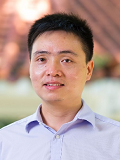
Prof. Chaoliang Tan
Department of Electrical Engineering & Department of Biomedical Engineering, City University of Hong Kong, HKSAR, China.
Dr. Chaoliang Tan is an Associate Professor (Tenured) in the Department of Electrical Engineering with a jointed appointment in the Department of Biomedical Engineering at City University of Hong Kong, HKSAR, China. He has been elected as a Fellow of the International Association of Advanced Materials (FIAAM) in 2024. He has been listed as the "Highly Cited Researcher" (Clarivate Analytics) in the last 7 years (since 2018) as well as "Top 2% Scientists in the world" by Stanford University in last 5 years (since 2020). He also received the NSFC Excellent Young Scientist Fund (HK & Macau) in 2021. His current research interests are highly interdisciplinary including 2D materials, electronics, optoelectronics, neuromorphic devices, biomaterials and nanomedicine. He has authored or co-authored over 190 SCI papers (38 ESI Highly Cited Papers). The total citation of his published papers is over 34,500 with an H-index of 87. Among them, more than 90 are first-authored or corresponding-authored papers, including Nat. Nanotechnol., Nat. Rev. Mater., Chem. Rev., Chem. Soc. Rev., Nat. Commun., J. Am. Chem. Soc., Angew. Chem. Int. Ed., Adv. Mater., Adv. Funct. Mater., ACS Nano, Appl. Phys. Lett., etc. He serves as an Associate Editor of Smart Materials and Devices (since 2024). He sits on the Editorial Board of Science Bulletin (since 2023), Acta Physico-Chimica Sinica (since 2022), Nanomaterials (since 2023) andEnergies (since 2021).
Host

Prof. Zhong-Yong Yuan
School of Materials Science and Engineering, Nankai University, Tianjin, China.
Prof. Zhong-Yong Yuan is the Director of the Institute of New Catalytic Materials Science, Nankai University. He received his PhD degree in Physical Chemistry from Nankai University in 1999. He worked as a postdoctoral fellow at the Institute of Physics, Chinese Academy of Sciences from 1999 to 2001. He then moved to Belgium, working as a research fellow at the University of Namur from 2001 to 2005, prior to joining Nankai University as a full professor. In 2006, he was awarded the "Program for New Century Excellent Talents in University" by the Ministry of Education. In 2016 he was elected as a fellow of the Royal Society of Chemistry (FRSC). He has been listed in the "Highly Cited Chinese Researchers" (Elsevier) since 2021. Currently he also serves as an Associate Editor of RSC Advances, Editor-in-Chief of Smart Materials and Devices, Academic Editor of Journal of Engineering, and as editorial board member and guest editor of several academic journals. His research interests are mainly on the self-assembly of hierarchically nanoporous and nanostructured materials for energy and environmental applications. He is co-author of 460 SCI papers with H-index 82, 1 book, and 6 book chapters.
Introduction
Tellurium (Te) and selenium (Se) are semiconductors with truly one-dimensional crystal structure, where single helical molecular chains are stacked together via vdW interactions. The naturally terminated surfaces except for the two ends endow Te/Se with advantages over conventional three-dimensional materials, thus making them very promising for fabrication of advanced electronic and optoelectronic devices. In this talk I will present our recent works on electronics and optoelectronics based on 2D tellurium-selenium. First, I will present the fabrication of high-performance short-wave infrared or visible light photodetectors and focal plane arrays based on Te/Se nanoflakes and evaporated SexTe1-x thin films with tunable bandgaps. Then, I will present the fabrication of advanced optoelectronic memory devices based on 2D Te/Se-based van der Waals heterostructures for neuromorphic computing. Finally, I will present the fabrication of high-performance transistors, logic gates and circuits based on evaporated Te thin films, Te nanobelts grown on h-BN and CVD-grown SexTe1-x nanoflakes.
Highlights

